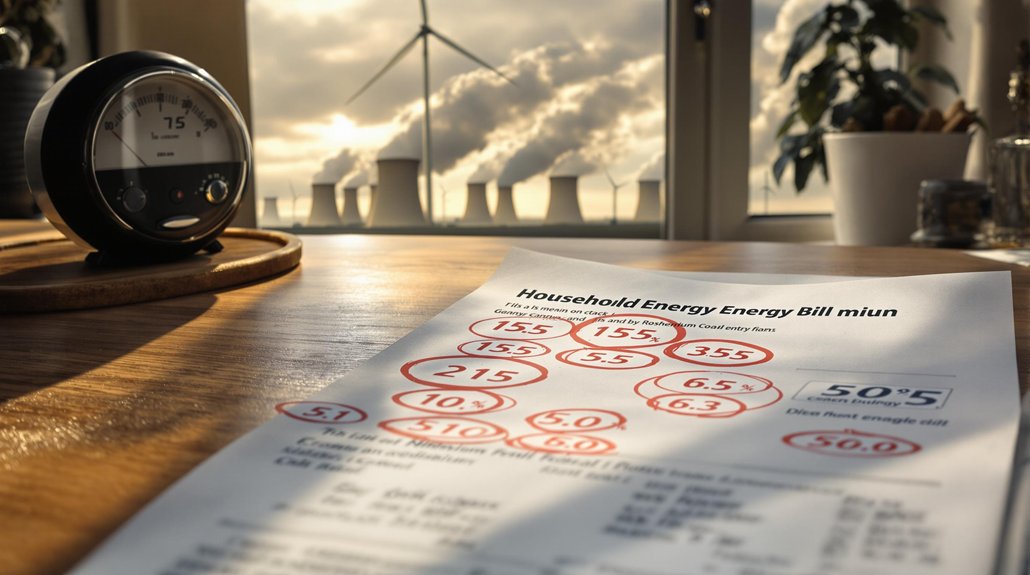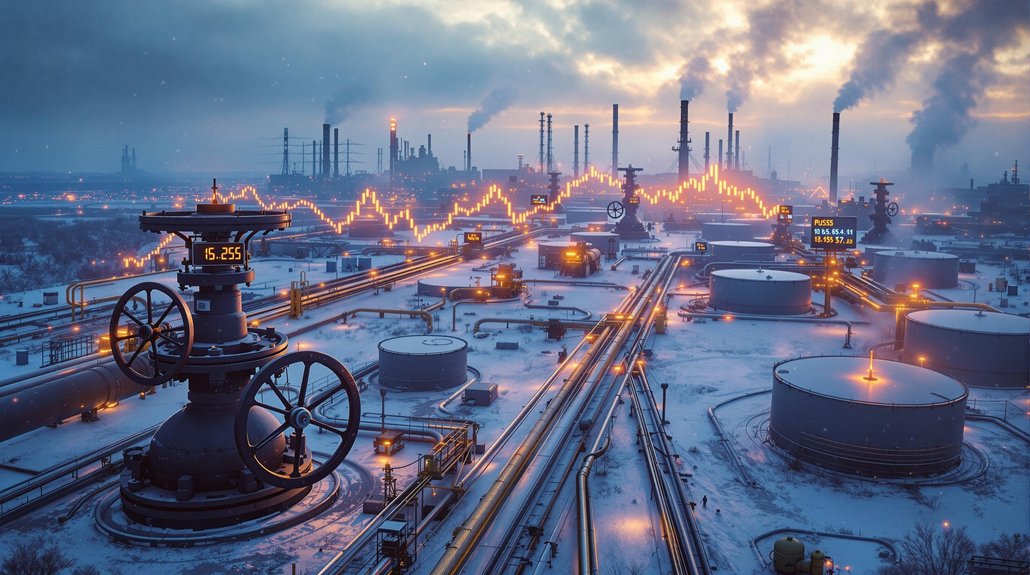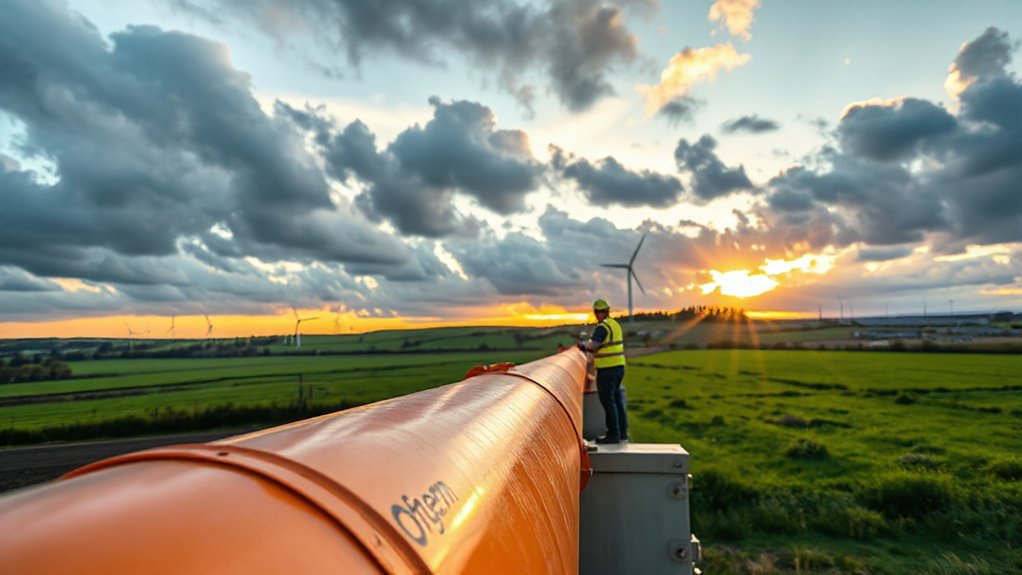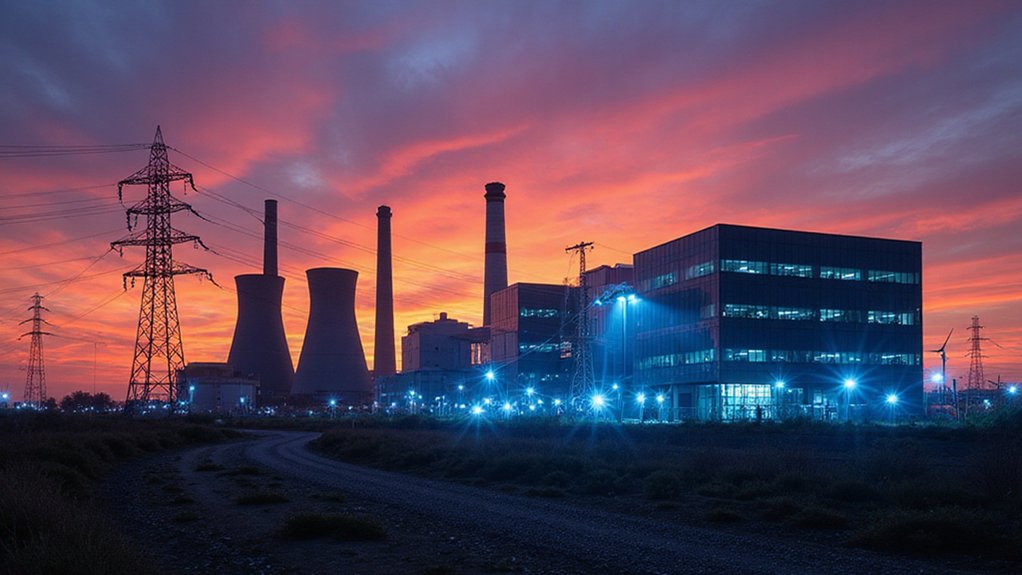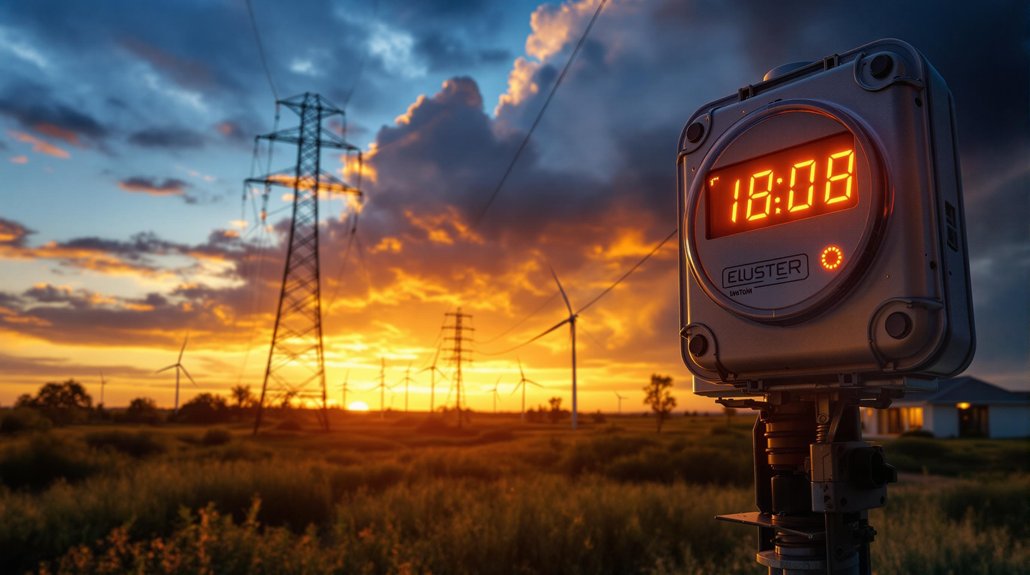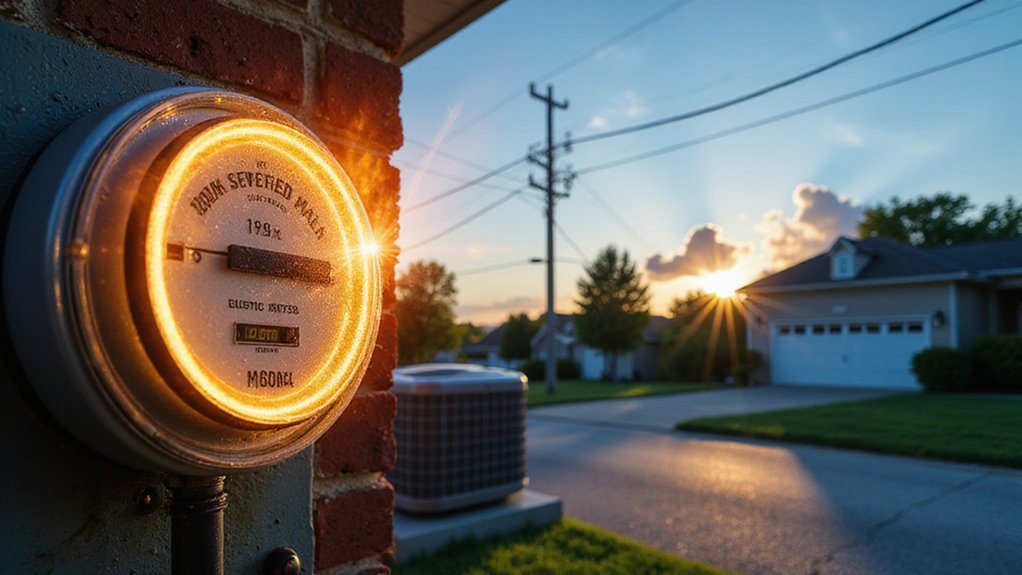UK energy bills are skyrocketing again, with the latest 6.4% hike adding £111 to average annual costs. Despite political finger-pointing at green initiatives, a whopping 78% of this increase comes directly from wholesale gas prices. Cold weather, Ukraine gas disruptions, and the UK’s heavy fossil fuel dependency are the real culprits. Meanwhile, European neighbors with diverse energy sources fare better. The government’s response? Too little, too late for millions sliding deeper into energy poverty.
While Brits are still recovering from winter’s chill, their wallets face an even colder reality. Energy prices just jumped another 6.4% – that’s £111 more on the average bill. Thanks for nothing.
The April-June 2025 price cap now sits at a staggering £1,849, making households pay about £700 more than they did in 2021. And guess what? It’s not those pesky green policies draining your account. A whopping 78% of the recent increase comes directly from wholesale gas prices shooting up 15% in recent months.
Cold weather, pathetic wind output, and Ukraine gas flow suspensions created a perfect storm. Europe’s gas reserves are limping along below 50% capacity. Meanwhile, inflation hit 3.9% – the highest since January 2024. Brilliant.
The financial pain doesn’t stop at the meter. Water bills are rising £86 in April. Council tax? Up £108. Even the TV license fee is climbing £5 to £174.50. The average household faces an additional £270 in energy costs for 2025 alone.
Looking abroad doesn’t offer much comfort. UK electricity prices outstrip many European neighbors. Norway has hydropower. France invested in nuclear. Spain barely needs heating. We’ve got… gas dependency. Lots of it.
The government is scrambling with plans to expand the Warm Home Discount and develop debt relief schemes. They’re pushing for “clean, homegrown power sources” while allowing council tax increases up to 4.99%. How thoughtful.
Long-term projections aren’t exactly cheery. Energy costs could rise 75% by 2030. But here’s the kicker – clean power implementation by 2030 might actually lower electricity costs. The fossil fuel rollercoaster isn’t sustainable. Experts predict these high prices will persist with energy bills likely to remain above pre-2022 levels well into the late 2030s. Vulnerable citizens are being pushed deeper into poverty as these escalating costs force impossible choices between heating and essential needs.
Technological advancements in energy storage systems could help stabilize prices by making renewable energy more reliable despite its intermittent nature.
For now, some 11 million customers on fixed tariffs remain insulated from the immediate shock. Four million savvy consumers have locked in rates since November. The rest? Just watching their bank accounts drain with each flick of the light switch.
